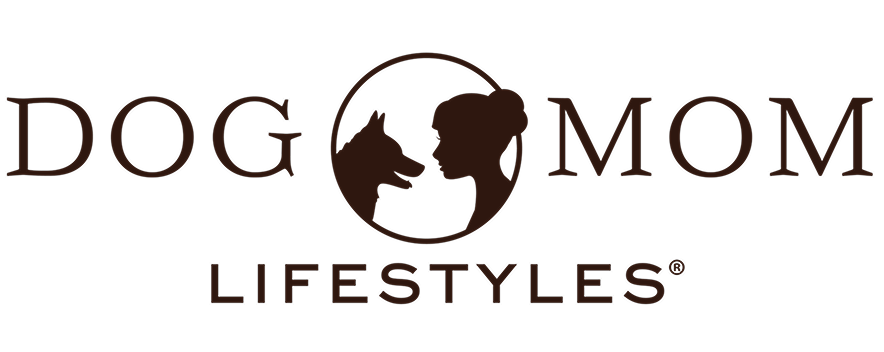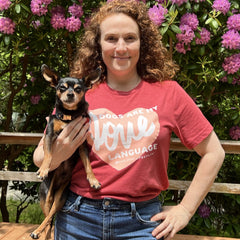5 Proven Techniques for Effective Dog Training
Share
Training your pup can be a challenge, I know first hand how difficult it can get. The worst part is having to be patient and not getting upset. However that's not always that simple, easier said then done right :) Dog Training involves establishing clear communication with your pup and setting boundaries to maintain consistency. It is also important to consistently use positive reinforcement, such as treats and praise, to reward desired behaviors. Start with basic commands like "sit" and "stay" and gradually move on to more advanced training.
Consistency is key, so it is important to train your dog regularly and in different environments, this way they are taught to handle all situations. It is also important to be patient and understanding, as every dog learns at their own pace.
Remember to also train yourself to be a good leader and dog mom for your pup. Now let's get into a few best practices on how to effectively train your furry BFF.

1.Basic obedience training:
As we mentioned above, starting with basic commands like "sit", "stay", "come", and "heel" are great ways to establish clear communication and boundaries with your dog. Consistently reinforce these commands with positive feedback, such as treats and praise, to encourage desired behavior with your pup will of course help them learn a lot quicker. Cause who's dog doesn't love a nice little treat right?
2. Clicker training:
Clicker training is a great method that uses a small clicker device to mark the exact moment your dog performs a desired behavior. This helps your dog understand exactly what behavior you are rewarding. It's also a great tool as it's a simple way to communicate with your dog without making things complicated for them.
3. Socialization:
It's important to expose your pup to a variety of people, animals, and environments during their critical socialization period (between 3 and 14 weeks of age) to help them become well-adjusted, confident adults pups. The more they are exposed to these environments the more comfortable they will get as well.
4. Leash training:
Teaching your dog to walk calmly on a leash is important for their safety and for the enjoyment of walks. Gradually introduce the leash and use positive feedback to encourage the desired behavior, so they don't only get better but they also enjoy their walks much more when they are with you.
5. Trick training:
Teaching your dog tricks is not only fun but also helps to improve their cognitive abilities and overall training. Start with simple tricks like "speak", "roll over", and "shake" and move on to more advanced tricks like "fetch" or "play dead". The more you do this the better they will get at picking up new commands. Plus it's so fun as a dog mom to see the progress they make each time you try new things.


How to Overcome Challenges in Dog Training:
Making dog training fun for both you and your pup is essential for a successful training experience. Incorporating interactive and engaging training activities, such as trick training, agility training, and hide-and-seek games, can also make the training process more enjoyable for your dog. Additionally, try to make the training sessions short and frequent, rather than long and infrequent to keep your dog engaged and motivated. Lastly, don't forget to have fun, enjoy the bonding time with your pup and make it a positive experience for both of you.
Take the first step today and start making your dog training sessions fun and engaging for both you and your pup! Let us know what training tips worked for you and share them with us.








